Middle school students present research from ‘engaging,’ ‘innovative’ experiments at annual Lil’ SIS
Photo credit: Audrey Chang
Shanthi Seth (’27), Beyla Patil (’27) and Adella Travers (’27) present their poster showing their experiment to other middle schoolers. On Feb. 4, middle school students presented their research from their passion-driven science projects in the annual middle school science fair called Lil’ SIS.
February 11, 2022
Colorful posters filled with research, creative titles and pictures of experiments lined the dining hall and library as middle school students presented their Lil’ SIS projects to the Archer community. On Feb. 4, middle schoolers participated in a presentation and poster board session, where students could look at their classmates’ experiments and ask questions.
This year was the ninth annual Lil’ SIS, which stands for Little Science Inquiry Symposium, a program designed for middle school students to research, design and run an experiment and present their findings to their peers, teachers and judges. Science teacher Jerilyn Neshek coordinates Lil’ SIS and guides seventh grade students through their projects using the scientific method.
“The unique thing about the program is that students get to explore any topic of their interest … There is not really any similarity,” Neshek said. “The scientific method is the same, but the topics and what they’re exploring is different.”
The program emphasizes independent and student-driven research and learning. Students started their projects in November this school year, as opposed to January in past years. This new timing was implemented so the winners of Lil’ SIS can compete at the L.A. County Science Fair.
“I think that it’s really cool that Archer does an inquiry-driven research project where you can choose whatever topic you want and have free rein to explore whatever scientific field you choose,” seventh grader Adella Travers said. “It really gives you a lot of opportunities to look into what you’re interested in.”
While students were online last year, Lil’ SIS projects, research and presentations were archived on a website. Current students used the website to draw inspiration for their projects and have continued to use it to record their current projects for future students. The Lil’ SIS projects are designed so that students are engaged in what they’re researching, and their experiments can be impactful by connecting to real world issues.
“My favorite thing is that it’s so differentiated and set to whatever the student wants to explore. If you’re thinking about the way girls learn best, girls learn best when it’s something that they’re invested in, in terms of their design,” Neshek said. “If it relates to a real world problem — which a lot of these projects come back to a real world problem — they’re looking for a solution to it, or exploring if that impact is true.”
[The purpose of Lil’ SIS is to] turn the students that we are right now into experimenters and scientists and people that can achieve the goals they set for themselves.
— Paloma Lebenzon ('27)
Seventh graders Shanthi Seth, Beyla Patil and Travers worked together on their Lil’ SIS Project and researched whether hand soap or hand sanitizer would be a more effective hand cleanser when being tested against E. Coli bacteria. Patil said that students enjoy both presenting their work to their peers and learning about other students’ projects.
“For our presentation, I enjoyed actually being able to share it with a bunch of people and not just sharing it with our class because we worked so hard on it,” Patil said. “Looking at other people’s presentations, it’s really cool to see what their experiment was and the hard work they put into it.”
Seventh grade students Sheila Micelli, Ari Bornstein and Paloma Lebenzon conducted their experiment to discover the effect of wildfires on the composition of soil. According to Lebenzon, students are often inspired by current events or issues. Lil’ SIS also highlights collaboration and dedication throughout the long-term project and with research and experimenting processes.
“I think the purpose of doing Lil’ SIS is, one, to work on your team effort, and, two, to know how to put in effective work,” Patil said. “There’s a lot of different steps and processes along the way.”
According to Neshek, what makes Lil’ SIS unique compared to other science projects and activities is that it has fewer boundaries and a less clear-cut path to follow, which allows students to have freedom in their choice of project and topic.
“The purpose is to do real world science. It’s not cookie-cutter. Sometimes I could make a lab where I know what the objective is, and I know what the results are going to be and I’m trying to get you to get there. And this is not that,” Neshek said. “It’s messy, intriguing, innovative science where you have an idea, and you want to explore it and, as we’re going along, we’re seeing if it’s even possible and maybe making adjustments to our procedure as we go.”
Travers said that she finds learning to be more engaging when there’s more freedom to learn about something she is passionate about and that students appreciate this opportunity to problem solve through inquiry and interest-based science.
“I think that just having most of the year to work on this one research question that you’re actually interested in is really cool,” Patil said. “It’s definitely a very big privilege at Archer.”

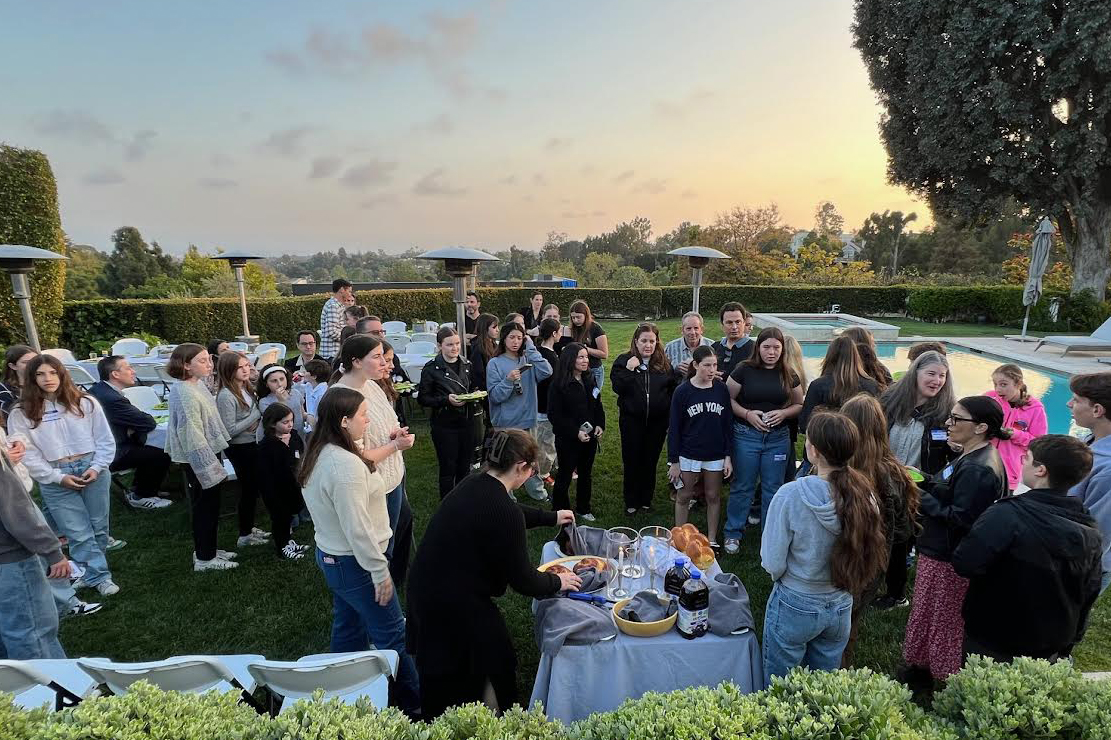









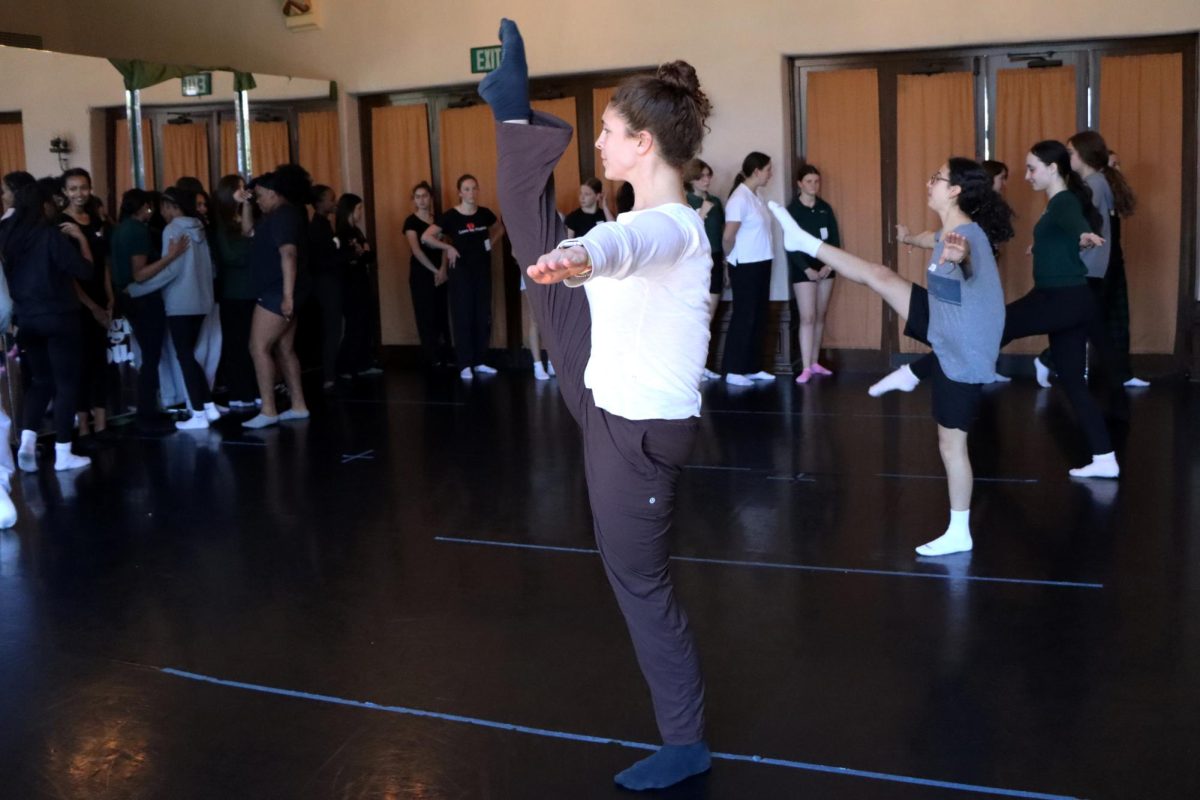















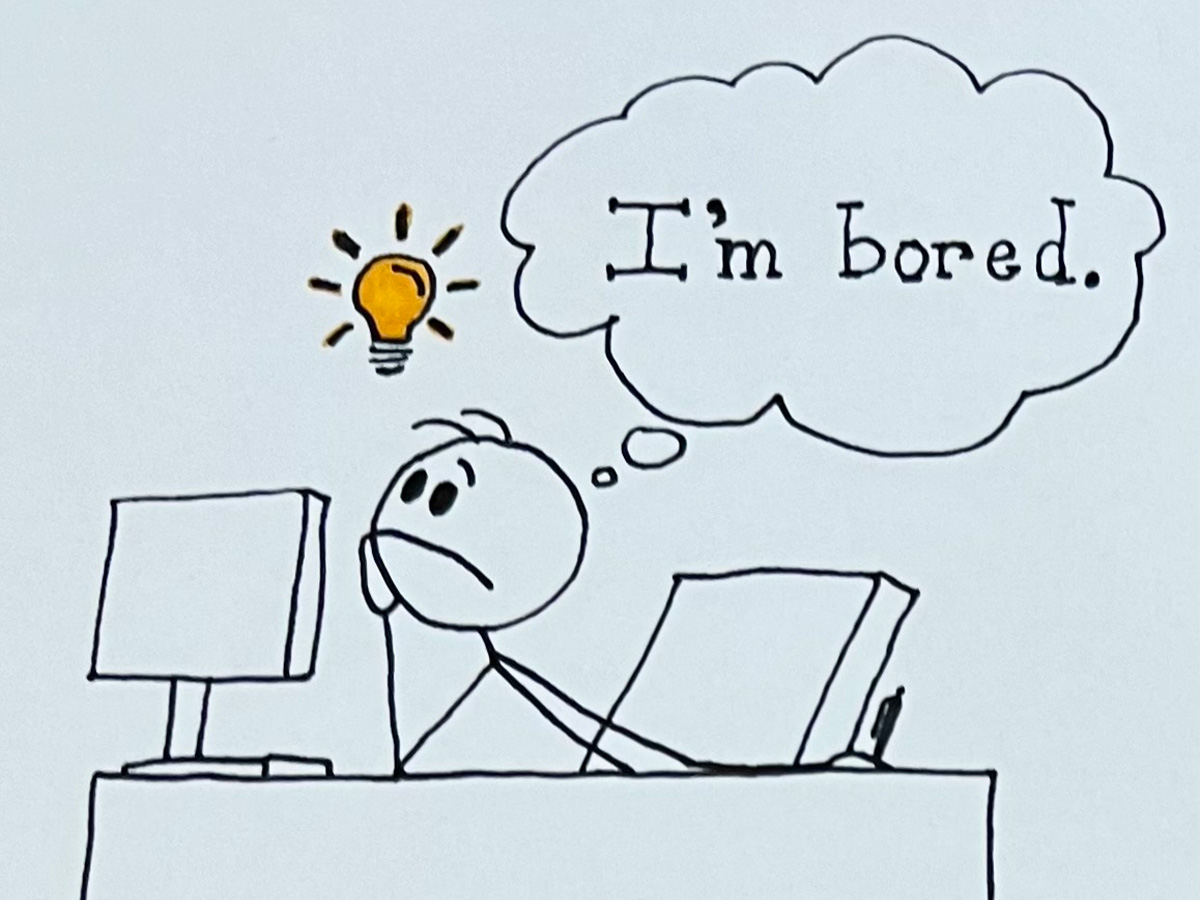
























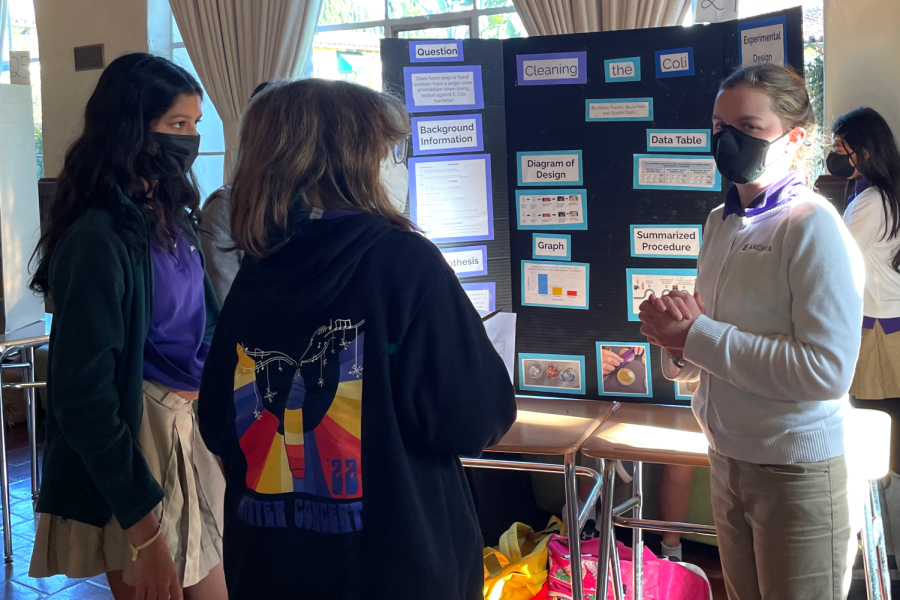
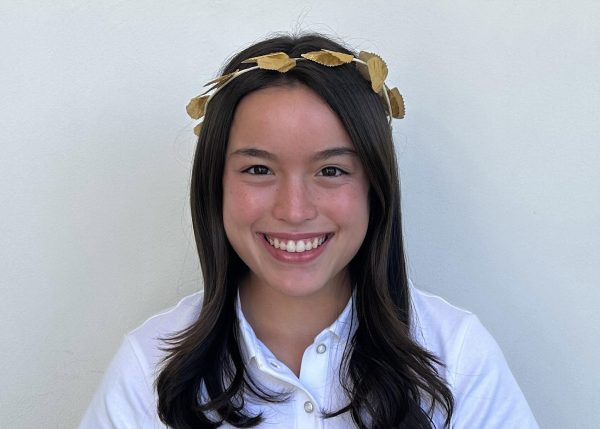




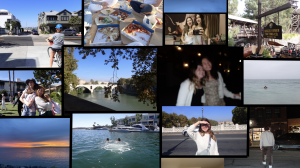
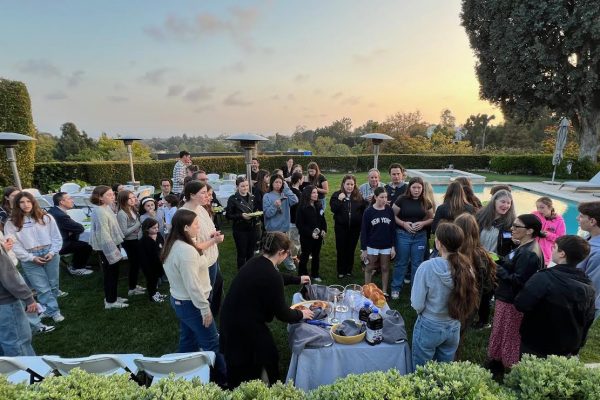




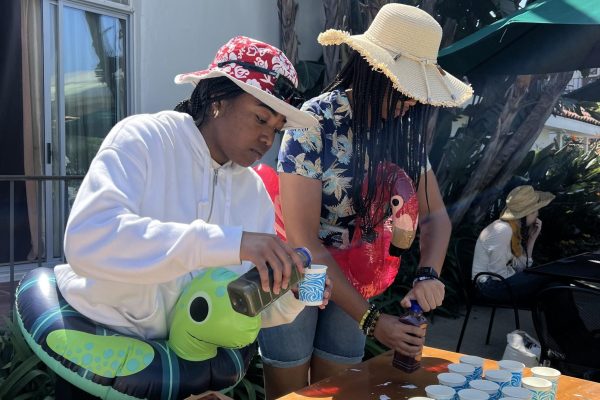
![Freshman Milan Earl and sophomore Lucy Kaplan sit with their grandparents at Archer’s annual Grandparents and Special Friends Day Friday, March 15. The event took place over three 75-minute sessions. “[I hope my grandparents] gain an understanding about what I do, Kaplan said, because I know they ask a lot of questions and can sort of see what I do in school and what the experience is like to be here.](https://archeroracle.org/wp-content/uploads/2024/03/grandparents-day-option-2-600x400.jpg)
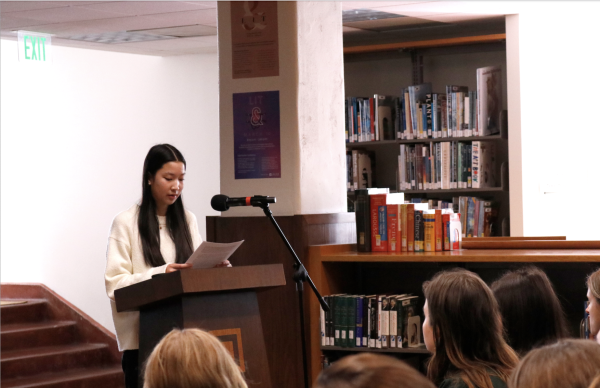
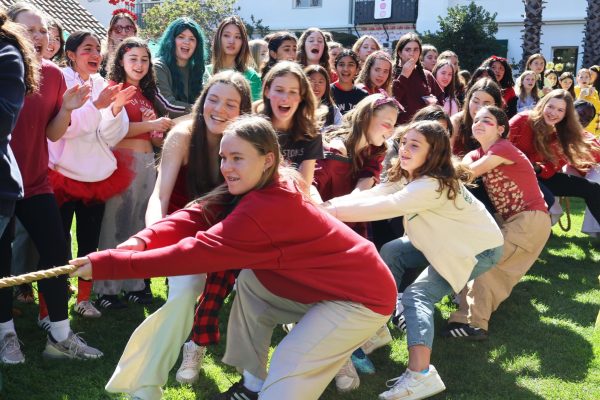
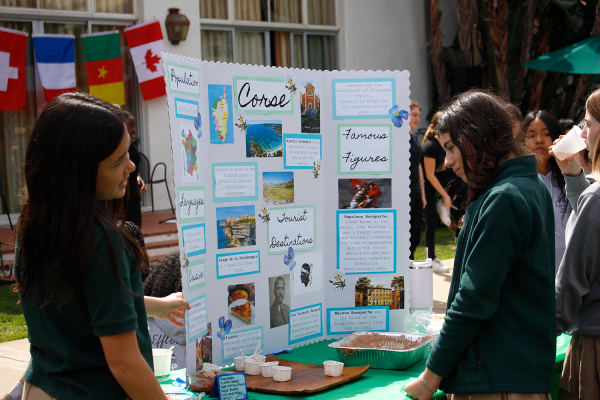
GH • Jun 29, 2022 at 6:26 pm
This is so interesting! I found this article at random, and it makes me feel very happy that there are so many cool opportunities at this school. Great job to all the smart students involved in these projects!